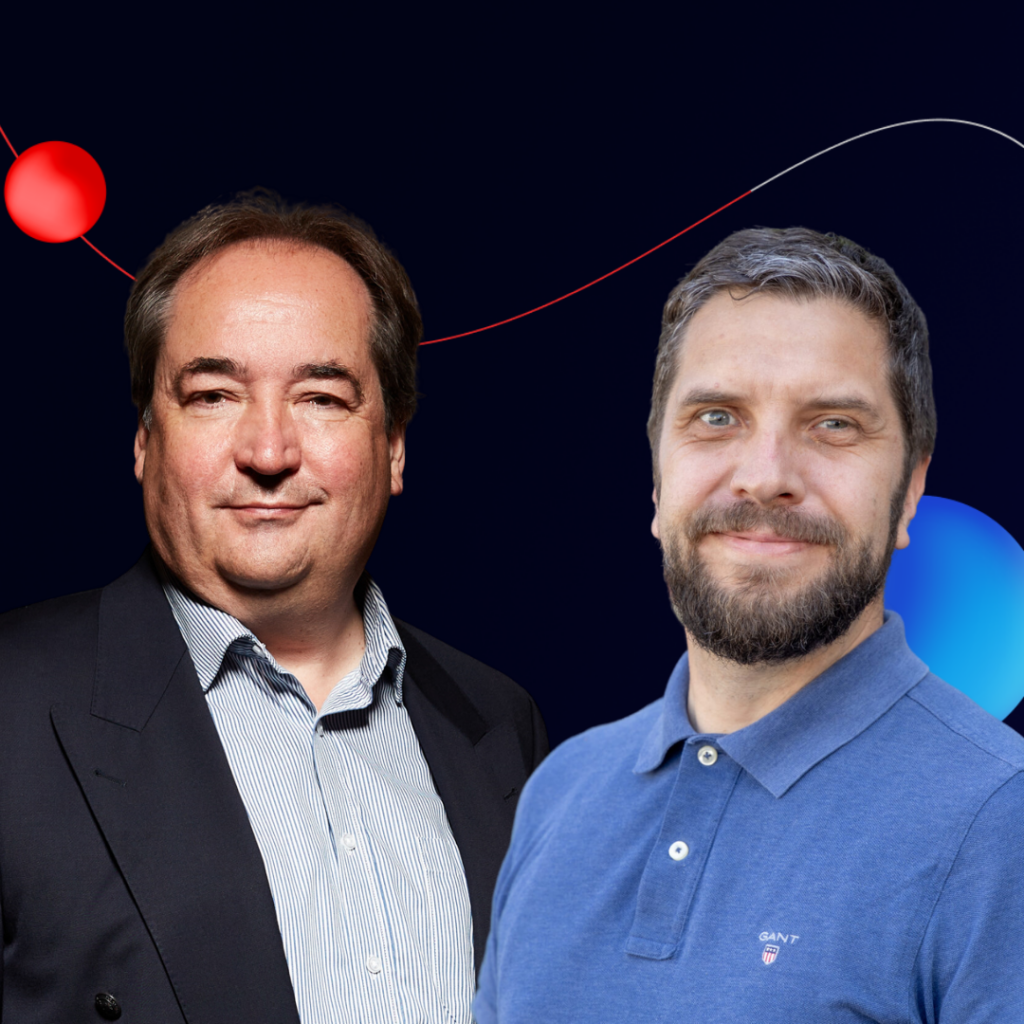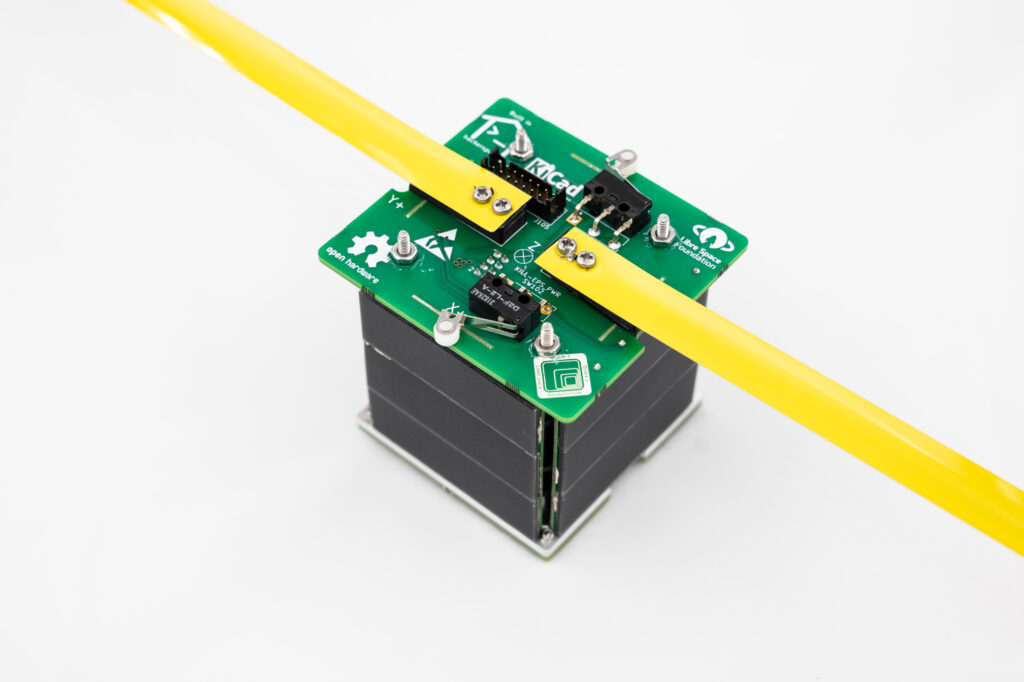Project 5G-EMIT: leading by example
26 May 2021
The deployment of 5G and beyond networks will involve new base station equipment to meet the requirements of next generation mobile services. In Luxembourg, specific regulatory measures are in force. Therefore, the challenge is to find and implement new assessment methodologies and network planning solutions to make sure that 5G infrastructure can be deployed efficiently in line with current regulations.
Research project 5G-EMIT, led by Dr Sébastien Faye from the Luxembourg Institute of Science and Technology (LIST), is currently supporting the deployment of 5G in Luxembourg. The project aims at making the most of the Grand Duchy model as an example to possibly apply to other countries in the future.
Matching the regulatory framework to new technical needs
The assessment of Radio Frequency Electromagnetic Fields (RF-EMF) compliance has always been a major challenge for the deployment of new cellular communication technologies. As a matter of fact, it requires matching the regulatory framework to new technical needs. In Europe, the regulations proposed by the International Commission on Non-ionizing Radiation Protection (ICNIRP) are used as framework for the deployment of new radio technologies.
In a few countries, limits were set extremely low, making it impossible to deploy 5G antenna due to RF-EMF exposure and interferences being saturated.

“All humans moving around wireless communication systems are subject to exposure to an electromagnetic field. We can talk about Wi-Fi, Bluetooth, cellular communications – this is a huge debate, and something known for years. In the case of cellular communications, it’s a bit more complicated because it is regulated. So, as an operator if you want to deploy a 5G or 4G or other cellular communication antenna, then you need to match the regulatory framework. For instance, the framework may allow the deployment of an antenna but with certain limits. This is challenging because of course we are dealing with new communication technologies that behave differently, so we need to make sure we can still match these limits.”
DR SÉBASTIEN FAYE
Whereas the issue already existed before with 4G, 3G and 2G, it was easier to manage. Indeed, the antennas of the previous generations of cellular communication were passive so the behaviour was constant and always emitting a signal in the same directions, with same power and so on.
With 5G the novelty is that all the antennas are entirely active, which means that they are dynamic in time and space.
A data-driven network planning solution
5G-EMIT aims to propose and validate a data-driven network planning solution to recommend optimal network deployment strategies, while considering RF-EMF limits and the various features provided by new 5G technologies. This decision support system will aim at facilitating the deployment, compliance and sustainability of 5G in Luxembourg.
“The idea is to provide a decision support system to help the deployment of 5G networks, and beyond. The specificity of this system is to consider core deployment constraints that are related to 5G, with a focus on RF-EMF exposure.”
Dr SÉBASTIEN FAYE
LIST’s researchers have the ambition to create guidelines to implement new RF-EMF assessment methods and new deployment approaches using multiobjective optimisation techniques. In this context, a range of complementary aspects will be investigated to consider scientific, technical and standards as well as regulatory frameworks.
Making the most of the Grand Duchy model
From a scientific perspective, the objective is to go further than what exists today. As the methodology would be quite unique in Europe, the Luxembourg model could serve other countries in Europe facing a similar situation.
“What we want to do is use new methods that might be based on artificial intelligence, optimisation, but the objective is to assess what the exposure of this particular antenna is, under a certain set of circumstances, and support its optimal deployment to meet a particular application – such as connected mobility.”
Dr SÉBASTIEN FAYE
The Environment Agency (Administration de l’Environnement), the Ministry of Energy and Spatial Planning, the Ministry of Health, and the FNR are supervising the project.
5G-EMIT is supported by Proximus Luxembourg. The sub-contractor will provide access to experimental test sites in Luxembourg.
Find out more about the 5G-EMIT project.








